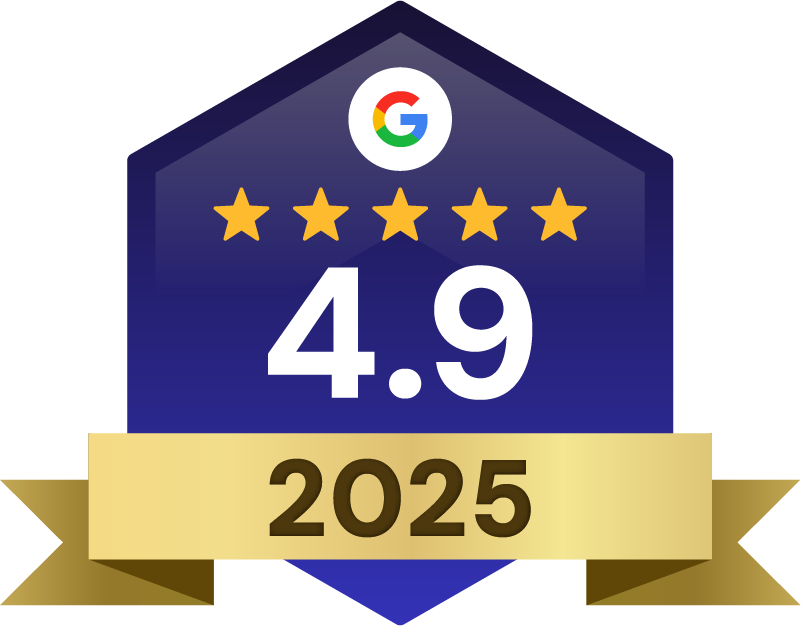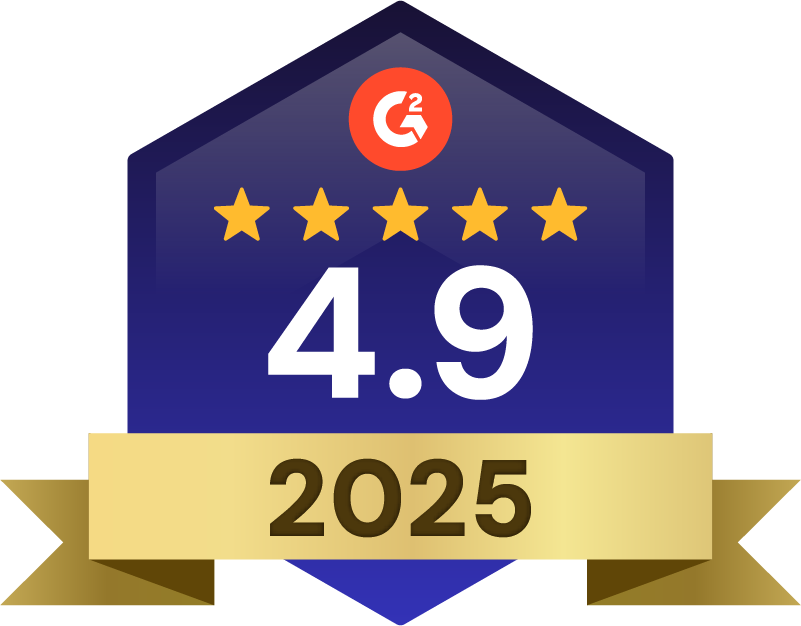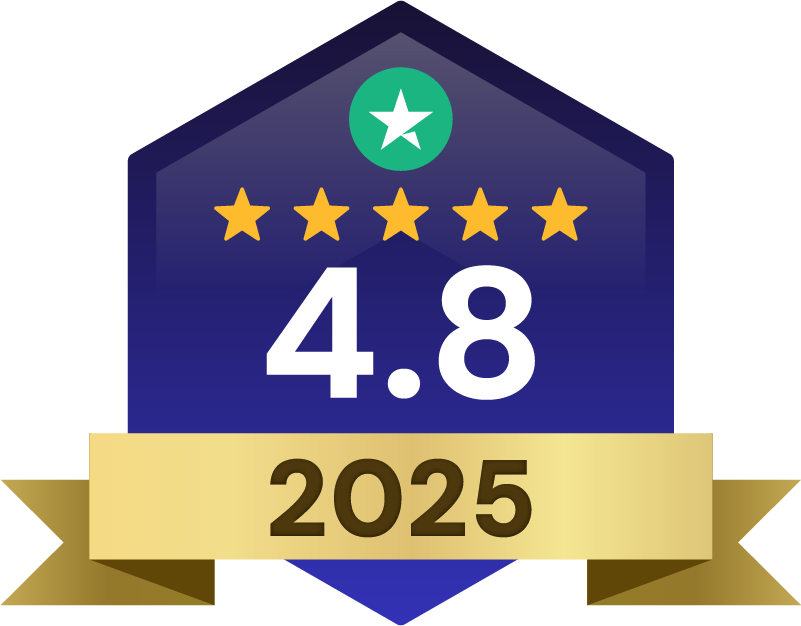Listing strategy tips to price, market, and present properties for faster sales and higher value. Learn proven tactics used by top real estate pros.
Seller Tactics
A strong listing strategy can influence how long a property stays on the market and how much it sells for. In today’s real estate landscape, both buyers and sellers have access to more information than ever before. As a result, the way a property is priced, presented, and promoted can significantly impact its visibility and final sale price.
Real estate professionals use a combination of research, market trends, client goals, and marketing tools to form a listing strategy. This process is not one-size-fits-all, and the most effective strategies are tailored to specific markets, property types, and timelines.
What is a Listing Strategy and Why It Matters
A listing strategy is a planned approach that combines pricing, marketing, presentation, and timing to maximize a property’s exposure to the right buyers. It provides a framework for how a home will be introduced to the market – from pricing and staging to where it will be marketed and when it will be listed.
Typically, homes with a well-developed listing strategy typically sell faster and for better prices than those without one. Properties lacking a clear strategy often linger on the market and may require price reductions.
Key components include:
- Pricing strategy: Setting a competitive price based on market data and property features
- Marketing plan: Determining how and where to promote the property
- Visual presentation: Preparing the home to look its best in photos and showings
- Timing decisions: Choosing when to list based on market conditions and seller needs
Competitive Pricing Approaches
Pricing is the foundation of any listing strategy. The right price attracts qualified buyers, while incorrect pricing can cause a property to sit unsold for months.
Find Relevant Comparable Properties
Comparable properties or “comps” are recently sold homes similar to the one being listed. Good comps should:
- Be within 1 mile of the subject property (closer in dense areas)
- Have sold within the last 3-6 months
- Match in size, bedroom count, and key features
- Be in similar condition
When analyzing comps, make adjustments for differences. If a comp has a pool but your listing doesn’t, subtract the estimated value of the pool from the comp’s sale price. This gives you a more accurate comparison point.
Multiple Listing Service (MLS) data provides the most reliable comp information, but public records and real estate websites can also help identify recent sales.
Use Strategic Pricing Techniques
How you present a price matters almost as much as the price itself. Research shows that different pricing approaches trigger different buyer responses:
- Precise pricing: Using non-rounded numbers like $499,750 instead of $500,000 can signal that the price is based on careful analysis. Studies show precisely priced homes often receive offers closer to asking price.
- Psychological pricing: Setting prices just below round numbers (like $499,000 instead of $500,000) can make properties appear in lower search brackets online and create a perception of better value.
- Value-range pricing: In some markets, listing a home within a price range (e.g., $475,000-$500,000) can attract buyers from multiple price brackets.
Adjust for Market Conditions
Real estate markets constantly change. A pricing strategy that worked last season might not work today. Pay attention to:
- Days on market for similar properties
- Ratio of listing price to selling price
- Inventory levels in your area
- Interest rate changes
In a seller’s market with low inventory, pricing at or slightly above market value may work well. In a buyer’s market with high inventory, pricing below comparable sales might be necessary to generate interest.
Preparation for Maximum Visual Impact
Today’s buyers shop with their eyes first – online photos and videos create the critical first impression that determines whether someone schedules a showing.
Enhance Curb Appeal
Curb appeal refers to how attractive a property looks from the street. Since this is the first in-person impression buyers get, it deserves special attention.
High-impact, low-cost improvements include:
- Fresh mulch and seasonal flowers
- Power washing walkways and siding
- Painting or replacing the front door
- Updating exterior light fixtures
- Trimming overgrown landscaping
These simple changes can dramatically improve buyer perception before they even enter the home.
Stage Key Living Spaces
Professional staging helps buyers visualize themselves living in the space. Even partial staging focused on key areas can make a big difference.
Priority rooms to stage include:
- Living room
- Kitchen
- Primary bedroom
- Entryway
Even without hiring a professional stager, you can follow these basic staging principles:
- Remove personal items and excess furniture
- Create conversation areas in living spaces
- Ensure each room has a clear purpose
- Use neutral colors and minimal decor
- Add lighting to dark corners
A National Association of REALTORS® report found that staged homes sell for up to 10% more than unstaged homes and typically spend less time on the market. If you need to learn more, check out convince clients to stage their home.
Create Professional Photography
Most buyers first see a home online, making photography crucial to the listing strategy. Professional real estate photography typically costs $150-$300 but can dramatically increase clicks and showings.
For the best results:
- Schedule photography after staging is complete
- Choose a time of day with optimal natural light
- Ensure all lights are working and turned on
- Remove personal items from counters and tables
- Open blinds and curtains to maximize light
Virtual tours and video walkthroughs have become increasingly important, especially for reaching out-of-town buyers who may purchase sight unseen.
How to Market Your Listing Effectively
A comprehensive marketing plan ensures your listing reaches the right buyers through multiple channels and helps optimize your real estate marketing.
Identify Your Target Buyer
Different properties appeal to different buyers. A downtown condo attracts a different audience than a suburban four-bedroom home. Understanding who’s most likely to buy your listing helps focus marketing efforts.
Consider factors like:
- Property type and size
- Price point
- Location and neighborhood amenities
- Special features (home office, pool, etc.)
Once you’ve identified your most likely buyer, you can tailor your marketing message to address their specific needs and desires.
Highlight Neighborhood Benefits
Location remains one of the most important factors for buyers. Implementing hyperlocal real estate marketing ensures your listing strategy emphasizes neighborhood advantages that appeal to your target buyer.
Valuable neighborhood information includes:
- School district ratings and proximity
- Walkability scores and nearby amenities
- Community features (parks, pools, trails)
- Commute times to major employers
- Local dining and shopping options
Creating a neighborhood guide as part of your listing materials helps buyers understand the lifestyle benefits of the location.
Write Compelling Descriptions
Your listing description should tell a story about the property that goes beyond basic facts and features. An effective description:
- Starts with an attention-grabbing headline
- Highlights unique selling points
- Uses sensory language to help buyers imagine living there
- Mentions recent upgrades or improvements
- Includes keywords buyers search for online
Avoid real estate jargon and focus instead on benefits. Rather than saying “updated kitchen,” try “chef’s kitchen with quartz countertops and stainless appliances perfect for entertaining.”
Online Marketing Strategies for Real Estate Listings
Digital marketing has transformed how properties are promoted. A strong online presence reaches more potential buyers and generates more showings.
Optimize for Search Visibility
When buyers search online for properties, your listing needs to appear in their results. Implementing local SEO for real estate helps make this happen.
For better search visibility:
- Include location-specific keywords in your listing title and description
- Use descriptive file names for property photos
- Ensure your listing appears on multiple websites
- Create neighborhood-specific content that links to your listing
Mobile optimization is also crucial since most buyers search on smartphones. Make sure your listing looks good and functions well on mobile devices.
Use Virtual Tours and Videos
Virtual tours give buyers a more immersive experience than photos alone. Options include:
- 3D walkthrough tours (like Matterport)
- Video tours with narration
- 360-degree room views
Properties with virtual tours receive more views than those without. This technology became essential during the pandemic and remains valuable for reaching remote buyers.
Leverage Social Media Platforms
Social media strategies for real estate agents offer targeted ways to promote listings to specific audiences.
Facebook and Instagram allow for:
- Photo carousels showing multiple property images
- Short video tours that highlight key features
- Targeted ads based on location, interests, and demographics
- Live open house events for remote viewing
Creating shareable content about your listing increases its reach beyond your immediate network. Consider creating infographics about the neighborhood or short videos highlighting unique features.
Using Feedback to Refine Your Listing Strategy

Your listing strategy shouldn’t be static – it should evolve based on market response and feedback.
Collect Showing Feedback
After each showing, ask agents for specific feedback from their buyers. Questions might include:
- What did they like most about the property?
- What concerns did they have?
- How does the price compare to others they’ve seen?
- Is there anything that would make the property more appealing?
This feedback helps identify patterns that might be preventing offers. If multiple buyers mention the same concern, you can address it directly.
Monitor Online Performance
Digital metrics provide valuable insights about how buyers are responding to your listing. Key metrics include:
- Number of views and clicks
- Time spent viewing the listing
- Saved or favorited actions
- Inquiry rates
If your listing gets many views but few showing requests, there may be a disconnect between the online presentation and the price or features.
Make Strategic Adjustments
Based on feedback and performance data, you might need to adjust your strategy. Common adjustments include:
- Refreshing photos or description
- Highlighting different features
- Adjusting the price
- Increasing marketing efforts
The most successful listing strategies remain flexible and responsive to market feedback.
Timing Your Listing for Maximum Impact
When you list a property can significantly affect how quickly it sells and for what price.
Understand Seasonal Patterns
Most markets experience predictable seasonal patterns:
- Spring (March-May): Typically the busiest season with the most buyers
- Summer (June-August): Active but can slow down in late summer
- Fall (September-November): Moderate activity with motivated buyers
- Winter (December-February): Fewer buyers but often more serious ones
While spring is generally considered the best time to list, the right timing depends on your specific market and property type. Vacation properties, for instance, might sell better during their peak season.
Manage Days on Market
“Days on market” (DOM) refers to how long a property has been listed. As DOM increases, buyer interest often decreases. Properties with high DOM can develop a stigma, with buyers wondering what’s wrong with them.
To manage DOM effectively:
- Set the right price from the beginning
- Be ready for showings as soon as the property is listed
- Consider a shorter initial listing period
- Plan for price adjustments if needed
If a property hasn’t sold within 30 days, it may be time to reassess the strategy and make changes based on feedback and market conditions.
Maximize Results with the Right Tools
The right technology and tools can enhance your listing strategy and help you reach more potential buyers.
Modern real estate websites like those from AgentFire offer features specifically designed to showcase listings effectively:
- Custom property pages with large, high-quality images
- Integrated virtual tours and videos
- Neighborhood guides and interactive maps
- Mobile-friendly design for on-the-go buyers
- SEO tools to improve search visibility
These tools help present properties in their best light and provide the detailed information today’s buyers expect.
FAQs about Listing Strategies
How do I create a listing strategy for a unique property?
Unique properties require emphasizing distinctive features while using creative comparisons to help buyers understand value. Focus marketing on niche audiences who appreciate the property’s special characteristics.
What are the biggest listing strategy mistakes to avoid?
The most common mistakes include overpricing initially, underinvesting in preparation and photography, using generic marketing approaches, and failing to adjust strategies based on feedback.
How do listing strategies differ in buyer’s versus seller’s markets?
In seller’s markets, strategies focus on maximizing value through competitive bidding, while buyer’s markets require more aggressive pricing, enhanced presentation, and expanded marketing reach.
When should I consider changing my listing strategy?
Consider adjusting your strategy after 30 days with minimal activity, when feedback consistently highlights the same issues, or when significant market changes occur.







